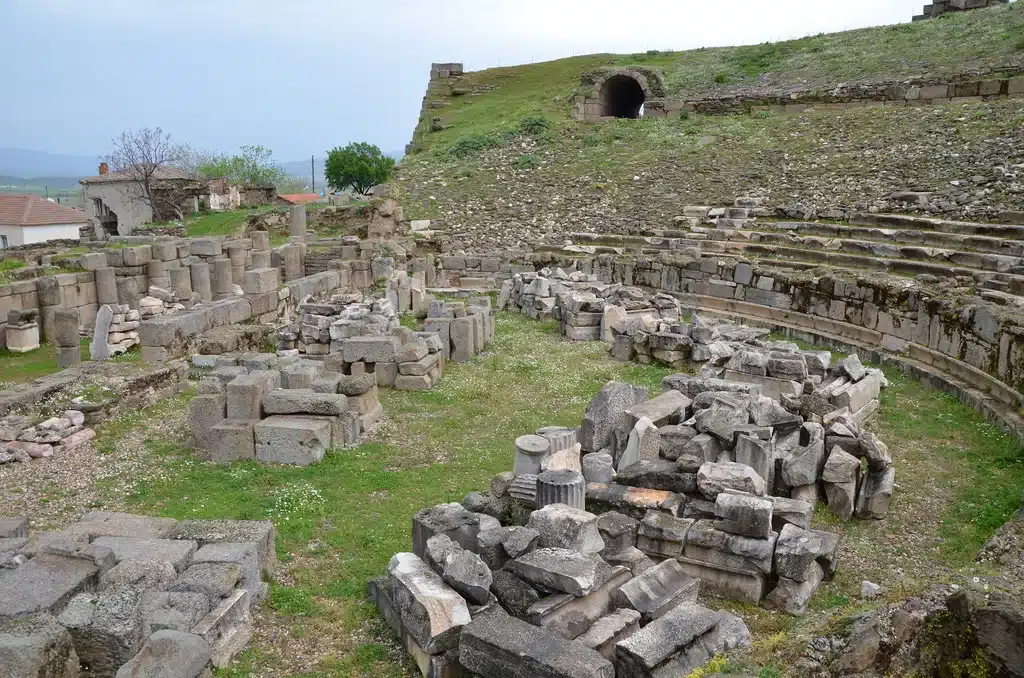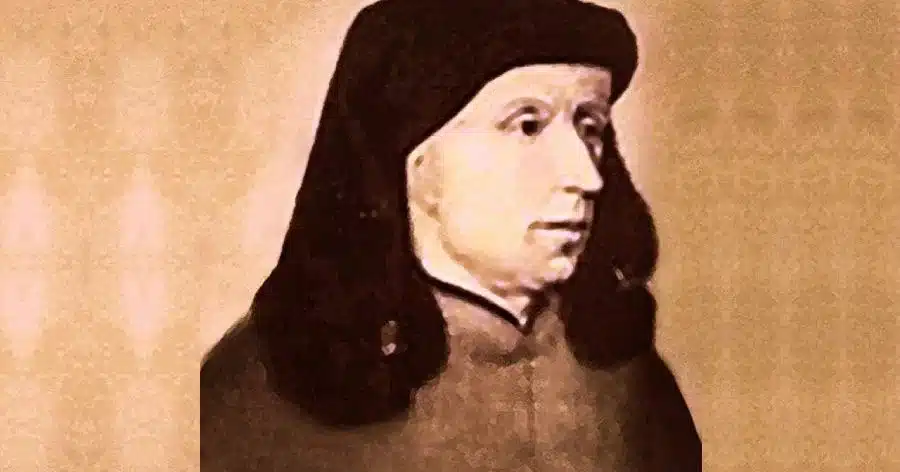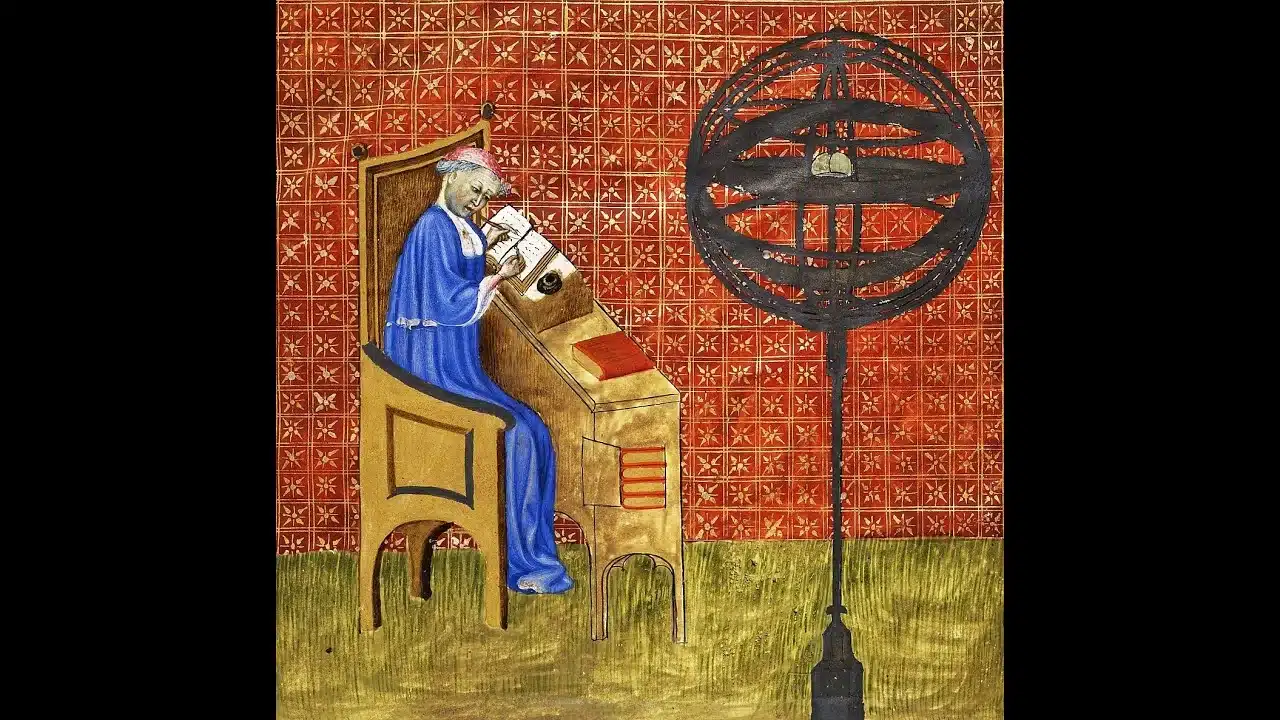Carl Orff’s Carmina Burana is one of the most popular and frequently performed musical works of the 20th century. Orff composed this work between 1935 and 1936, and it was first performed in Frankfurt am Main in 1937. Carmina Burana is based on texts taken from the Carmina Burana, a collection of folk poems from the Middle Ages written largely in Latin, Middle German, and Old French.

Structure and Parts of Carmina Burana
Carmina Burana consists of three main sections, named “Fortuna Emparatrix Mundi,” “Primo Vere,” and “Cours d’Amours.” Additionally, the work is framed by a prologue and an epilogue, both of which use the same piece, “O Fortuna”. This piece has become the most well-known section of the work and of Orff.
- Fortuna Imperatrix Mundi (Empress of Fortune) : This section describes the cyclical nature of fortune and its impact on human life. Contains the tracks “O Fortuna” and “Fortune Plango Vulnera”.
- Primo Vere (In Spring) : This section celebrates the awakening of spring and nature. Pieces such as “Veris Leta Facies,” “Omnia Sol Temperat,” and “Ecce Gratum” depict the renewal of nature and the joy of youth.
- Cours d’Amours (Love’s Play) : This section consists of pieces celebrating youth, love and desire, often with a lighter and playful tone. Tracks like “Amor Volat Undique,” “Dies, Nox et Omnia,” and “Stetit Puella” showcase the various faces of love.
- Blanziflor et Helena : This short section is a passage that concludes the work and describes the love for Helen.
- Fortuna Imperatrix Mundi (Repeat) : “O Fortuna” is repeated here as at the beginning of the work, emphasizing the cyclical nature of the work.
First Interpretation and Effects
The first performance of Carmina Burana was met with great success in 1937, and the work became Orff’s best-known work. This first rendition was widely appreciated for the work’s dramatic and expressive music and simple and direct style of expression, and became an immediate popular hit. The musical language that Orff used when composing this work attracts attention with its rhythmic emphasis, repetition and simple but powerful melodies. Orff adopted the concept of “total theater” in this work and aimed to bring together music, lyrics, dance and visuality.
Carmina Burana has since been performed countless times around the world and recorded in many different interpretations and recordings. The work has gained wide recognition by being used in films, television programs and commercials, as well as in the classical music repertoire. The wide recognition of this work brought Orff’s musical understanding and style to large audiences.
Who is Carl Orff?
Carl Orff (1895-1982) was a German composer, educator and theater director. Orff, who left a deep mark on the 20th century music world, is known worldwide especially for his work “Carmina Burana”. However, his artistic contributions are not limited to this work; Orff is also the architect of an innovative music education system.
His Life and Career
Carl Orff was born on July 10, 1895 in Munich, Germany. His interest in music began at an early age and he took piano, cello and organ lessons. He started composing and directing his musical career at a young age. After Orff studied music at the Munich Academy, he quickly developed himself as a composer and music educator.
“Carmina Burana” and Other Works
Orff’s most famous work, “Carmina Burana”, achieved international fame after its premiere in 1937. However, Orff’s musical repertoire is not limited to this; Works such as “Catulli Carmina” and “Trionfo di Afrodite” are also part of his “Trionfi” series. In these works, Orff was inspired by ancient and medieval sources and depicted the universality and timelessness of human emotions.
Orff school work
Orff is an innovator who has made significant contributions to music education. The music and movement education program called “Orff Schulwerk” encourages children to express themselves through music and dance. This education system aims to develop children’s creativity and musical abilities and is implemented in many schools around the world today.
Artistic Concept and Heritage
Orff believed that music was not just for listening, but also for living and experiencing. In his works, he treats rhythm, melody and lyrics as a whole and aims to draw the audience into the music. This approach also manifests itself in the performances of his works; Orff’s works often present a visual and auditory feast.
Carl Orff passed away on March 29, 1982, but his works and his impact on education continue to live today. “Carmina Burana” is still frequently performed around the world, and Orff’s educational methods have an important place in music teaching. Orff’s artistic legacy reflects his creative vision and celebration of the human spirit.





